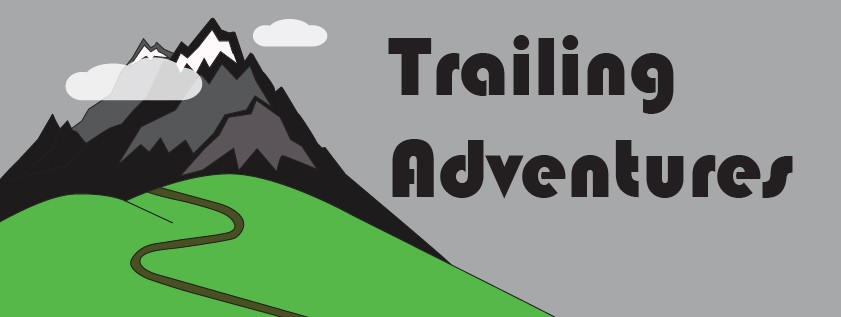What are the three questions you ask yourself every time before going on a hike, bike, backpacking or ski?
- I wonder what’s the weather like?
- What should I bring?
- Where are we going?
This article is about the sites I use to answer these three questions properly. With these websites, you can gain a way better grasp on your trip information than ever before. These are my bread and butter every time I go out to the mountains.
www.spotwx.com
This is where I get my weather information. The two big differences between this website and other weather sites are the ability to pinpoint forecast location on a map and the ability to compare multiple weather models. These features are especially useful for going to the mountains. Yes, we all know that the weather forecast is terrible and you can never get a good forecast for the mountains… This website helps you to get closer to accurate weather prediction.
How to use this site
- Search for your location or find your location on a map

2 Click on any of the models to get a forecast, start with the shortest forecast that fits your timeframe
3 Information is displayed in an easy to read and detailed graph format so you can know exactly when rain will come in at what time. (Exactly might not be the proper word here since we are talking about weather :P)

This is the 16 day weather forecast for the PCT Southern Terminus. I start on the 21st and seems like it will be a cool morning with a bit of rain, let’s hope the 16 day forecast is accurate haha
4 The important part of getting more reliable weather is of course to look in as short of a time frame as possible and to compare multiple models. If they all say the same thing, you should feel more confident about the actual weather being true to prediction, if they have discrepancies, make sure you prepare for the worst.
www.lighterpack.com

I absolutely love this site. It’s a website that helps you document all your gear and what you are going to pack for a particular trip. This is mostly useful for backpacking because it can help you make sure you brought everything you need and to give you a greater understanding of how heavy your pack is and the items you are bringing.
I think knowing the weight of all your items is not only important for hardcore thru-hikers but it could benefit everyone.
It’s not really about the crazy obsession of cutting away all the comfort, you can be lightweight but still 100 percent comfortable. It is more about understanding and questioning what you need and don’t need to make backpacking more enjoyable since the weight of your pack directly affects your comfort level. This website gives you the whole picture.
I would recommend getting a kitchen scale to really understand how heavy your backpacking items are and consciously look into lighter but still high-quality gear when it comes time to replace your old gear.
Also, I would recommend building a new list every time you go backpacking and use that list to make sure you brought everything you need when physically packing.
Some of the cool features
- Create a detailed list of all your items with the description, weight, photo, and link to the product website.
- The ability to drag and drop from your list of “potential” items to bring to create a pack list
- Allows defining categories and see a breakdown of your gear by weight in any units
- Can create a link to share your list with anyone you want
Check out my gear list for the PCT!
www.caltopo.com
There are so many map applications on your phone and computer but this by far is the coolest and should be used to plan every trip. It is nothing special but a super duper detailed topo tool with every map-related information you can think of. Here are some of the features.
- Contains a variety of base topo maps from google satellite to USGS and interactive trails for most hikes
- Has a variety of map shading overlay including really useful shading like sun exposure, slope angle, and weather forecast
- The Measure tool can be used to trace a trail and gain information on the elevation gain, distance, and average slope angle.
- Can add pinpoints and routes to plan your route and print out the map for on trail use
Example

My first day’s route on the PCT

with every useful stats you can think of
Well, I really hope that you learned something new from this article! Do you have a favorite site you use with you go enjoy the outdoors? Let me know in the comments!



